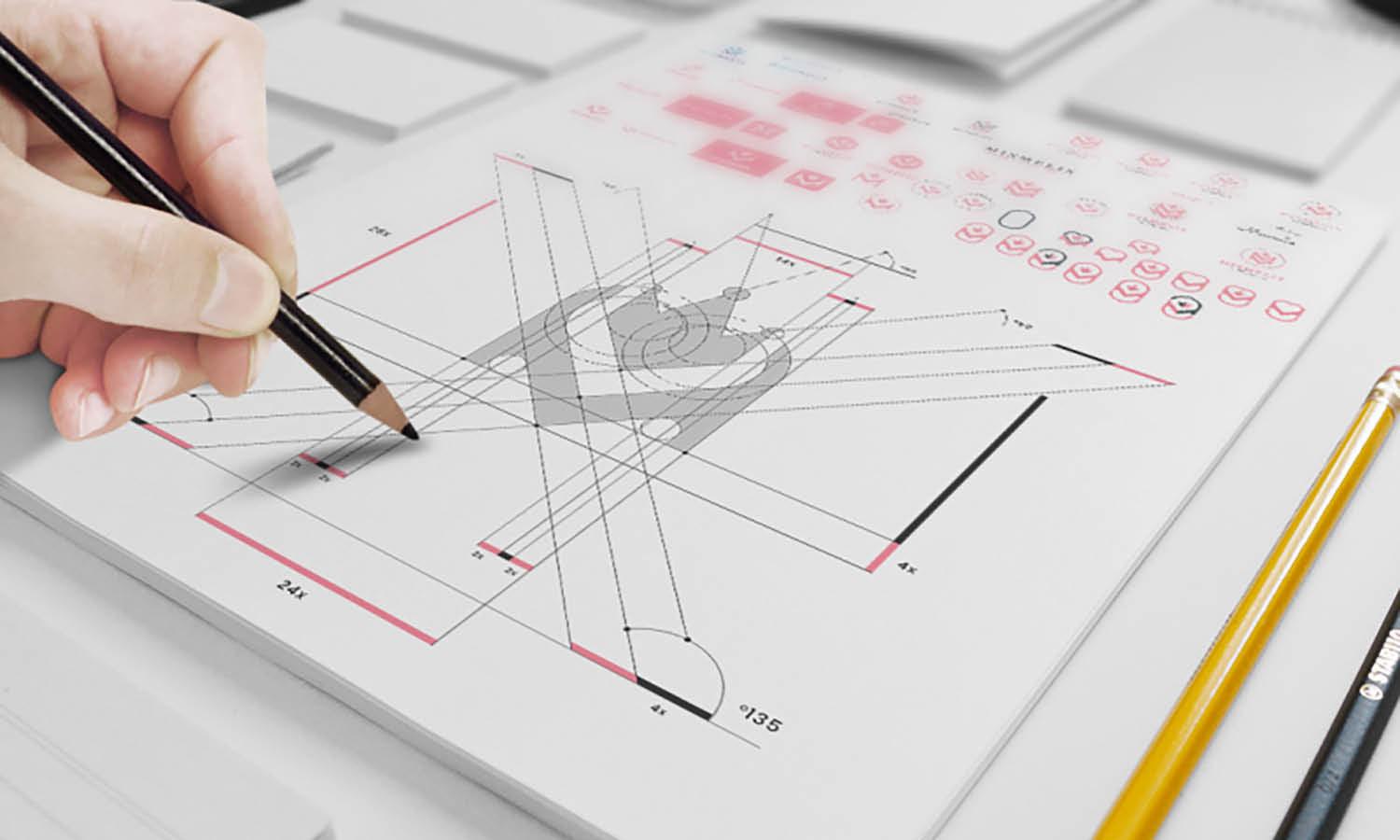Creative Ways to Embrace a Car-Free Lifestyle in the City

As cities become more crowded, many people living there are considering using cars less. Because of higher gas prices, environmental issues, or simply the hassles of driving, more individuals are deciding to live without cars. Thankfully, using urban e-bikes means you can still enjoy convenience and freedom, even if you leave your car at home. If you stop using a car, you can enjoy better health, save money, and help the environment—especially if you think of new ways to get around.
In the following sections, we look at creative and useful ways to live without a car in the city, highlighting how electric city bicycles make getting around town more convenient and fun.
Why Go Car-Free in the City?
City living offers more choices for getting from one place to another than rural or suburban areas do. Let’s look at some strong arguments for giving up your car:
- You won’t need to pay for fuel, insurance, repairing your vehicle, or parking.
- Better fitness: Walking and cycling make people healthier.
- Less worry: By living near work, you avoid getting stuck in traffic.
- Environmental impact: Work to reduce carbon emissions and help the environment.
- It’s easier to move around and see the city how you want when you have a car.
1. Embrace the Power of a City E Bike
One of the most efficient and enjoyable ways to navigate city life without a car is by switching to a city e bike. These bikes are designed specifically for urban environments—compact, lightweight, and often foldable, making them perfect for small apartments or mixing with public transport.
Take the ENGWE P20, for example. It features a quiet 250W motor with a torque sensor that responds to your pedaling, delivering a smooth and intuitive ride. With a lightweight frame (just 18.5kg) and folding mechanism that works in under 10 seconds, it's tailor-made for daily urban commutes.
Why choose a city e bike like the ENGWE P20?
- No parking woes
- Faster commutes through traffic
- Reduced carbon footprint
- Maintenance-free carbon belt (33,000 km lifespan)
2. Mix and Match: Public Transport + Urban Ebikes
A smart strategy for going car-free is to blend transport options. Many modern cities offer integrated systems where buses, subways, and trains allow bikes on board—especially urban ebikes that fold compactly like the ENGWE P20.
For example, you can ride your urban e bike to a train station, fold it up, and carry it onboard. Once you arrive at your stop, unfold and ride to your final destination. This hybrid approach saves time, money, and energy.
Tip: Look for e-bikes with magnetic tire locks and water resistance (like the IP6-rated ENGWE P20) to ensure your bike is secure and weatherproof during multi-modal trips.
3. Redesign Your Daily Routine Around Walkability
Going car-free also means rethinking how you plan your days. Choose neighborhoods or districts with:
- Grocery stores
- Gyms
- Cafes and restaurants
- Medical centers
- Schools or workplaces
Apps like Walk Score can help you identify walkable areas. Once you’re living in a pedestrian-friendly environment, your reliance on a vehicle drops dramatically. Combine short walks with urban electric bicycles for longer trips to unlock full urban mobility.
4. Use Cargo E-Bikes or Accessories for Errands
What about groceries, kids, or shopping bags? That’s where urban e bikes with accessories come in. Many brands now offer baskets, cargo racks, and trailers that easily attach to an electric city bicycle. ENGWE, for instance, offers extras like rack bags, handlebar baskets, and phone mounts to increase utility.
If you need a bit more power and storage space, check out the ENGWE L20 3.0 Boost. With 75Nm of torque, full suspension, and a 135km range, it's a robust solution for heavy-duty city errands or adventurous trips.
5. Participate in Community-Based Car-Free Initiatives
Most cities now offer car-free days, cycling events, and eco-commuting campaigns. Participating in these programs builds community and keeps you motivated. Plus, local governments often provide incentives or discounts for purchasing urban ebikes, installing bike racks, or improving cycling infrastructure.
Look for:
- Government rebates on urban ebikes
- Cycling skills workshops
- Group rides and festivals
Being part of a supportive, like-minded community makes it easier and more fun to commit to a car-free lifestyle.
6. Optimize Your Work and Lifestyle Flexibility
Remote or hybrid work models can drastically reduce the need for daily commuting. Use your extra time and flexibility to explore your city by bike. Ride to co-working spaces, meet clients at local coffee shops, or even cycle to parks for a midday refresh.
Both the ENGWE P20 and L20 3.0 Boost offer long-range battery life (up to 135km for the L20), making them ideal for spontaneous urban adventures without worrying about recharging frequently.
7. Reinvest Car Expenses Into Quality of Life
Let’s do the math. The average cost of car ownership in the UK is around £3,000–£5,000 per year (including fuel, insurance, maintenance, and parking). Selling your car or forgoing purchase altogether opens up significant financial freedom.
With that money, you could:
- Buy a high-quality urban ebike like the ENGWE P20 for under £1,000
- Invest in health and fitness programs
- Upgrade your housing location for better walkability
- Travel more often
- Save for future goals
Going car-free isn't just about mobility—it's a shift in lifestyle and priorities.
8. Prepare for All Weather Conditions
One of the biggest concerns about biking in the city is the weather. But urban cycling has come a long way. Today’s electric city bicycles are equipped to handle rain, wind, and even snow, thanks to waterproof components and stable hydraulic brakes.
How to ride confidently year-round:
- Choose waterproof gear (jackets, panniers, gloves)
- Opt for IP6-rated bikes (like the ENGWE P20)
- Use fenders and lights for visibility and protection
- Keep an emergency poncho in your bag
With the right preparation, you can stay dry, visible, and safe no matter the forecast.
Conclusion: More Freedom, Less Stress
Living without a car doesn’t mean sacrificing convenience—it means gaining freedom, reducing stress, and enhancing your connection to the city. Whether you’re weaving through traffic on a compact city e bike or running errands on a powerful urban electric bicycle, today’s mobility options make it easier than ever to live sustainably and smartly.















